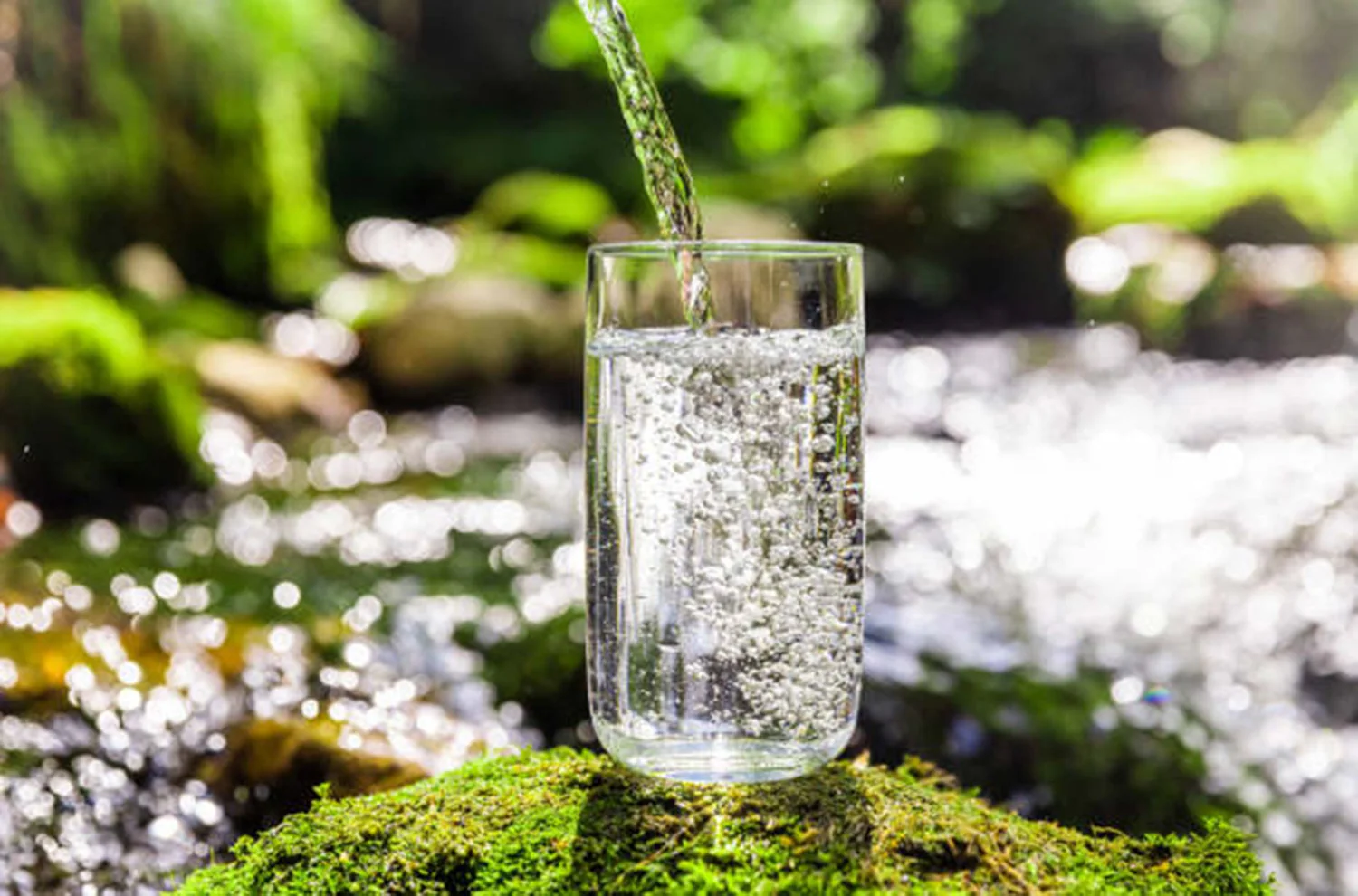ISO 6341 Daphnia Toxicity Testing in Drinking Water
The ISO 6341 standard provides a robust framework for assessing the toxicity of chemicals and other substances present in drinking water. This testing method involves exposing Daphnia magna, a species of freshwater crustacean, to samples of the water under controlled conditions. The primary goal is to evaluate if any toxic effects are observed on the survival rate or reproductive capacity of these organisms.
This test is crucial for ensuring that drinking water meets stringent quality and safety standards. By identifying potential harmful substances early in the process, utilities can address issues before they reach consumers. This testing method complements other analyses by focusing specifically on ecotoxicological aspects, which are essential for maintaining a healthy aquatic ecosystem.
The procedure typically involves several stages:
- Sample preparation: Water samples must be carefully collected and transported to the laboratory while minimizing any external factors that could influence results.
- Test setup: A controlled environment is created where Daphnia magna are exposed to different dilutions of the water sample. This allows for a gradual assessment of toxicity levels.
- Data collection: Over a specified period, observations are made regarding survival rates and reproductive behavior of the daphnids. Any anomalies or signs of distress indicate potential toxic effects.
- Analysis & Reporting: Data is analyzed to determine if the tested water meets the required standards as per ISO 6341 guidelines.
This method not only ensures regulatory compliance but also enhances public health by ensuring that drinking water is safe for consumption. It plays a vital role in safeguarding both human health and aquatic life, making it an indispensable tool in the field of environmental monitoring.
| Step | Action | Objective |
|---|---|---|
| Sample Preparation | Collect water samples from various sources and transport them to the lab. | Maintain sample integrity until testing can commence. |
| Dilution & Setup | Dilute samples appropriately and place daphnids in controlled conditions. | Ensure consistent exposure levels for accurate assessment. |
| Data Collection | Monitor daphnids' survival rates and reproductive behavior over time. | Identify any signs of toxic effects early on. |
| Analysis & Reporting | Analyze data against ISO 6341 criteria; generate comprehensive reports for stakeholders. | Ensure regulatory compliance while providing actionable insights. |
Scope and Methodology
The ISO 6341 standard outlines a standardized approach to assess the toxicity of substances in drinking water using Daphnia magna. The scope includes evaluating the impact on survival rates, reproductive success, and behavior. This testing is critical for identifying potential pollutants that could compromise both human health and aquatic ecosystems.
The methodology involves several key steps:
- Sampling: Collect representative samples from different sources of drinking water.
- Dilution: Prepare dilutions of the sample to cover a range of concentrations.
- Exposure: Place Daphnia magna in each diluted solution under controlled conditions for 48 hours.
- Data Collection: Monitor and record survival rates, reproductive success, and behavior over time.
- Analysis: Compare observed effects against acceptance criteria as defined by ISO 6341.
The results of this testing are used to ensure that drinking water meets the highest standards for safety and quality. By identifying toxic substances early, utilities can take proactive measures to address any issues before they reach consumers.
Eurolab Advantages
EuroLab offers specialized expertise in ISO 6341 Daphnia toxicity testing, providing services tailored to the specific needs of water utilities and other stakeholders. Our advantages include:
- Comprehensive Expertise: Our team comprises experts with extensive experience in environmental testing.
- State-of-the-Art Facilities: We operate top-tier laboratories equipped with the latest instrumentation for accurate and reliable results.
- Regulatory Compliance: Our tests are conducted according to international standards, ensuring that you meet all necessary regulatory requirements.
- Fast Turnaround Times: We prioritize timely delivery of reports, allowing you to take swift action if needed.
- Quality Assurance: Every test undergoes rigorous quality control measures to ensure accuracy and reliability.
With EuroLab, you can trust that your water testing will be conducted with the highest level of professionalism and precision. Our commitment to excellence ensures that we deliver accurate, reliable results every time.
Use Cases and Application Examples
- New Water Source Assessments: Testing new water sources before they are integrated into the main distribution network.
- Contaminant Identification: Identifying specific contaminants that pose risks to both human health and aquatic life.
- Process Optimization: Monitoring ongoing processes for any changes in water quality or potential issues.
- Regulatory Compliance: Ensuring adherence to international standards, such as ISO 6341.
| Use Case | Description |
|---|---|
| New Water Source Assessments | Evaluating the suitability of a new water source for inclusion in the distribution network by ensuring it meets all safety and quality standards. |
| Contaminant Identification | Determining specific contaminants that may be present, allowing targeted removal strategies to be implemented effectively. |
| Process Optimization | Monitoring ongoing processes to ensure consistent water quality and identify areas for improvement. |
| Regulatory Compliance | Maintaining compliance with international standards through rigorous testing procedures. |





